Azure Resource Manager overview
Azure API Management

Fiodar Sazanavets
Senior Software Engineer at Microsoft
Infrastructure as Code overview
- Think of IaC as an architectural blueprint for your cloud
- Instead of daily instructions, the blueprint defines the full design
- Code is used not inside the app, but to define:
- What services the app consists of
- How each service is configured

IaC deployment
- Once written, IaC code can be executed to deploy the entire environment
- No need to configure each service manually
- Deployment becomes faster, repeatable, and less error-prone

Introduction to ARM templates
- Multiple ways to do IaC in Azure
- ARM templates are a classic mechanism
- These templates are based on JSON
- Consistent resource deployment across environments
- Repeatability and automation
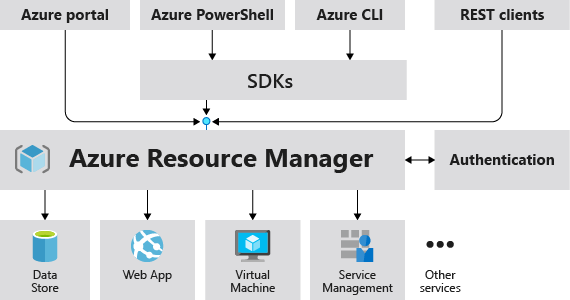
Creating ARM templates
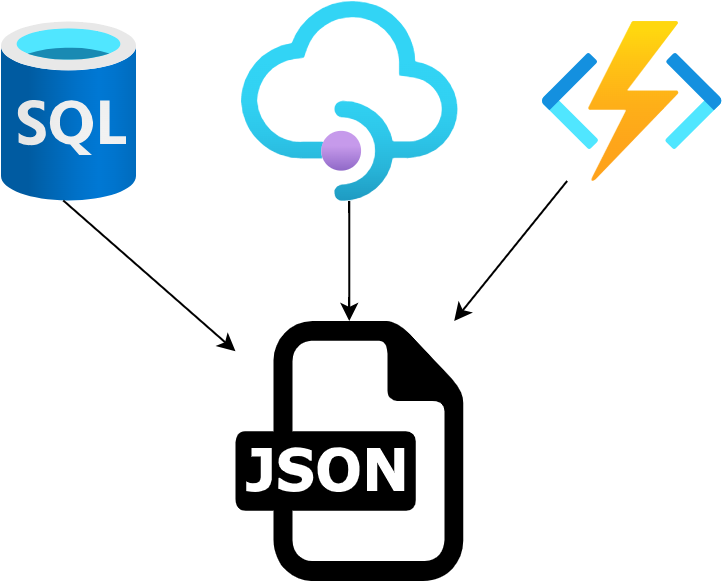
New services can be templated from existing ones
- Like taking a snapshot of a building to recreate elsewhere
In Azure Portal:
- Open APIM instance -> Automation script or Export template blade
- Portal gathers current configuration (settings, APIs, policies, connections)
- Produces downloadable JSON + parameters file
Modify configs, rename, and redeploy
ARM template structure
- An ARM template is JSON that follows a specific structure
Think of it as a map or floor plan for your environment
Resources section = the main floor plan
- Lists everything to build (e.g., APIM service, APIs, products, policies)
- Each resource has a type, API version, and properties
Other template sections add flexibility beyond resources
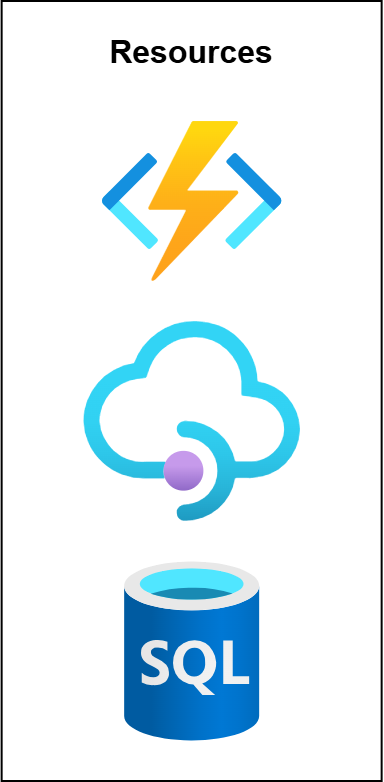
ARM template parameters and variables
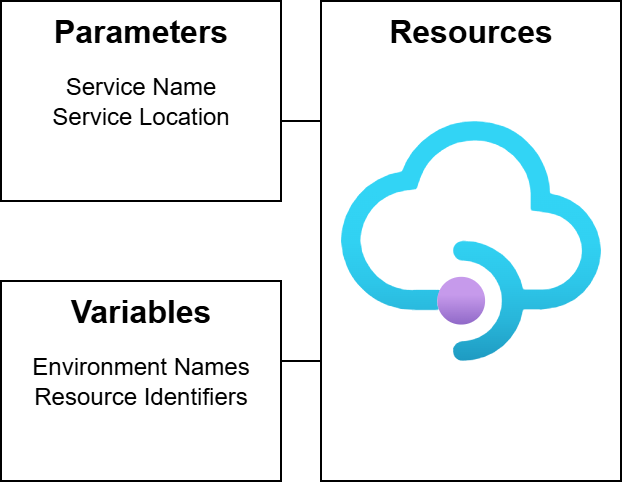
Parameters are like blank lines on a form
- Filled in at deploy time (APIM name, location, SKU, publisher details)
Variables are like a scratchpad
- Computed helpers to keep the template structured
- Examples: concatenate environment names, build resource IDs, avoid duplication
- Makes templates easier to read and safer to modify
ARM template outputs
- Outputs are optional
- Think of them as the receipt you take home after deployment
- Provide useful values like gateway URL or resource IDs
- Allow other scripts in a deployment chain to use these values
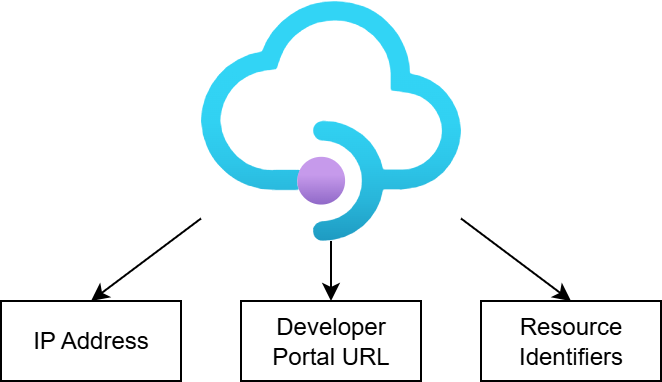
Let's practice!
Azure API Management

